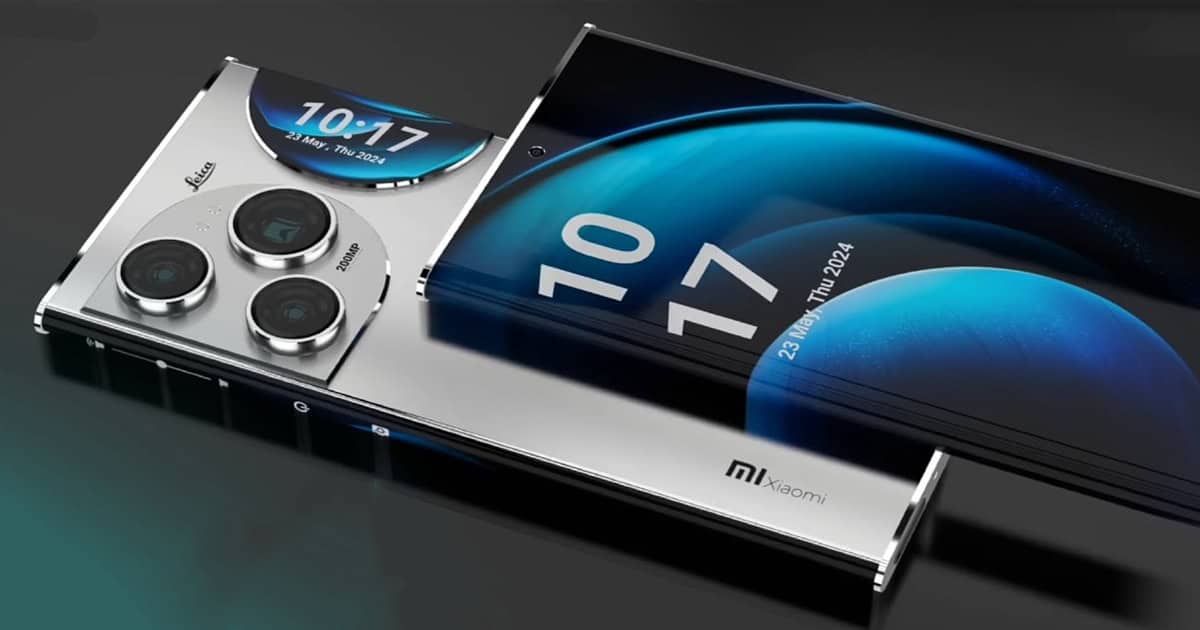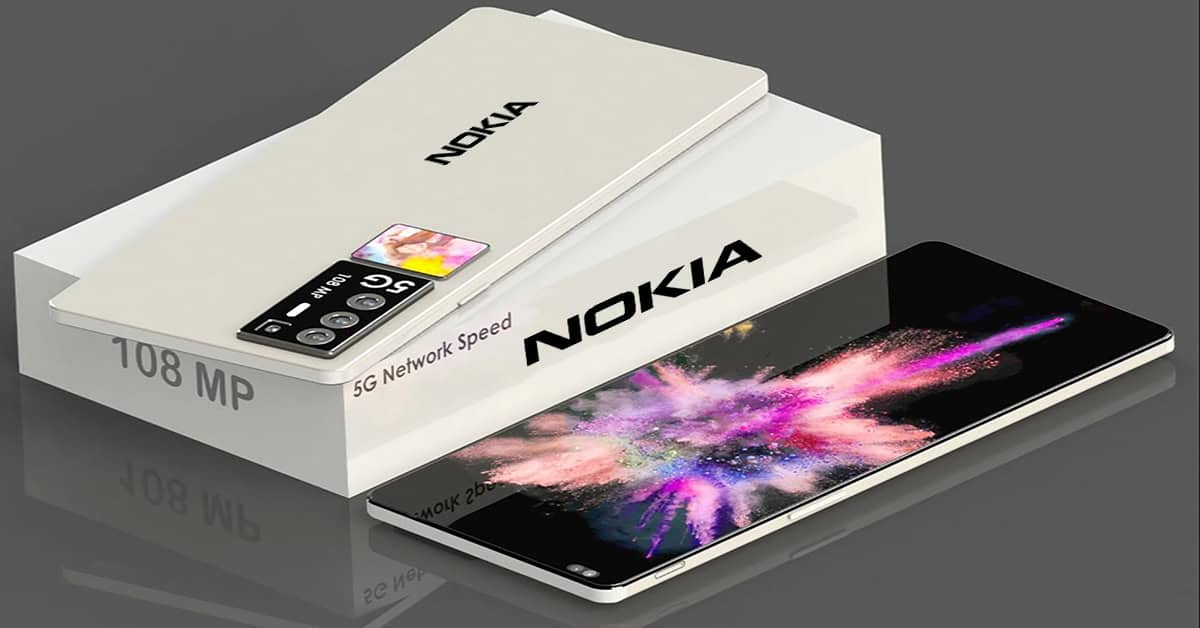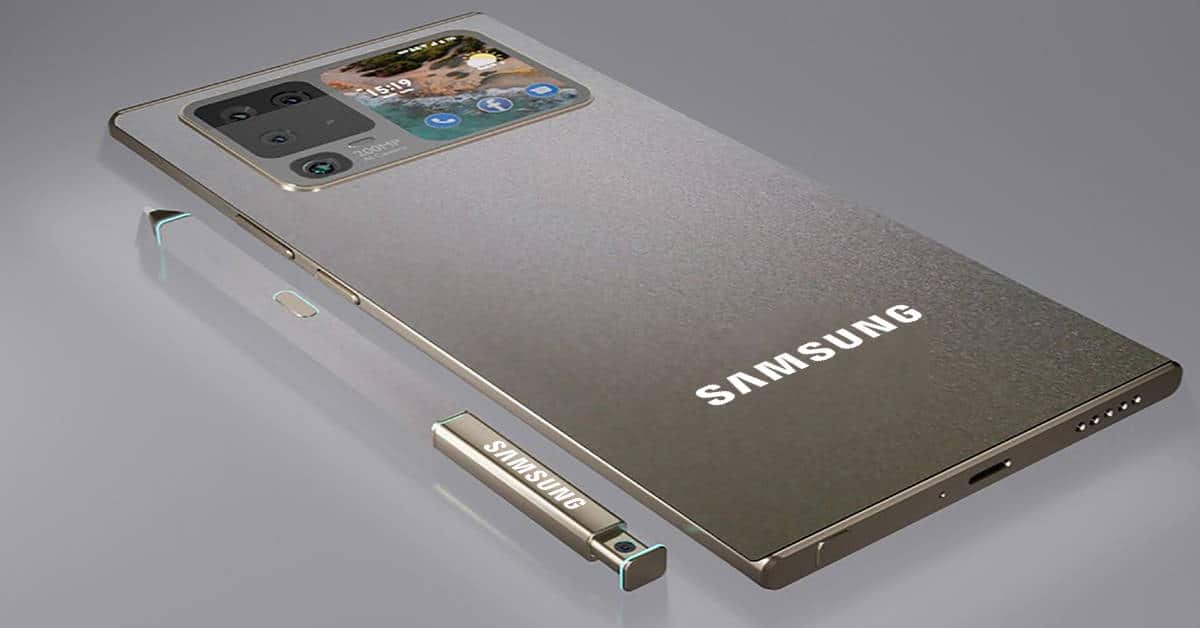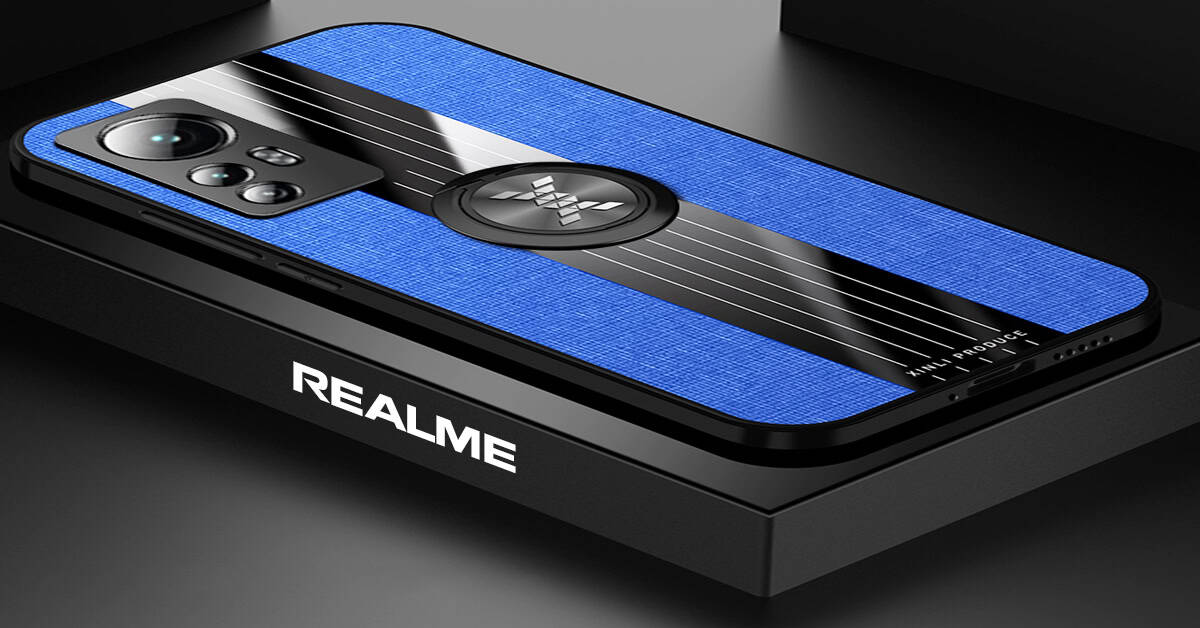What Makes Every Single Nokia 9 PureView Unique? Here’s What HMD Global Says!
Without a doubt, the Nokia 9 PureView with its five-camera system is now one of the hottest phones in the market. Today, let’s see why HMD Global claims that every single Nokia 9 handset is unique in our article right below!
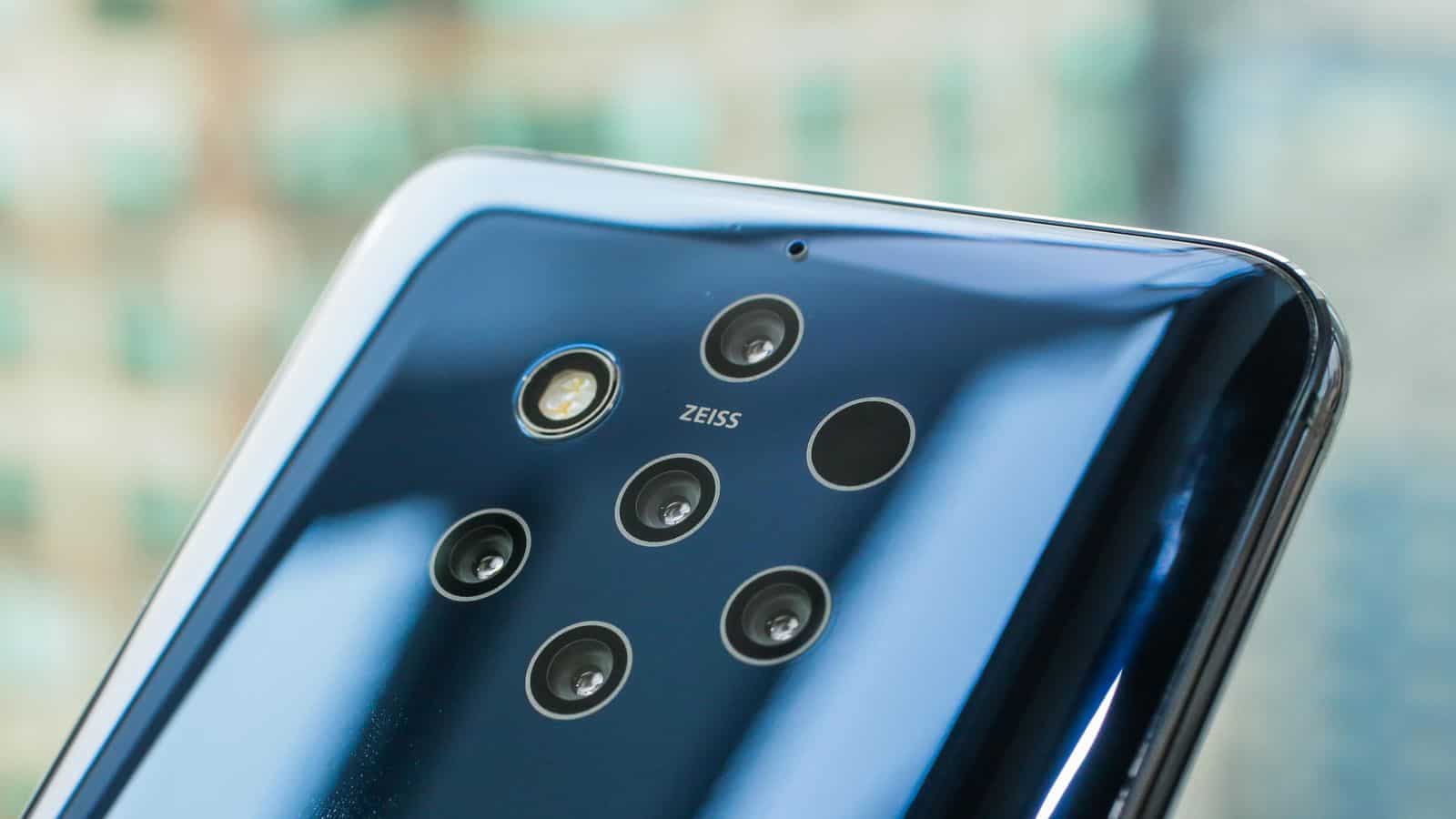
Nokia 9 PureView Camera Explain
Just in case you have been living under a rock and forgot to catch up with the smartphone world, HMD Global has recently released the first Nokia phone with five rear camera sensors under the name Nokia 9 PureView. In details, the Nokia handset packs two color (RGB) and three monochrome 12MPsensors. Notably, they all arrive with the same f/1.82 aperture and field-of-view. On the other hand, the arrival of this Nokia flagship also marks the revival of the famous PureView brand!!
The Nokia 9 PureView camera is a single assembly. As a result, the Finnish company had to develop or specify themselves. If you remember, the release date of this Nokia handset keeps on being delayed. Sarvikas (HMD Global CPO) explained that the calibration of the model took a lot of time. “Everything has to be in the same plane, and then all of them have to be calibrated at the same time.”
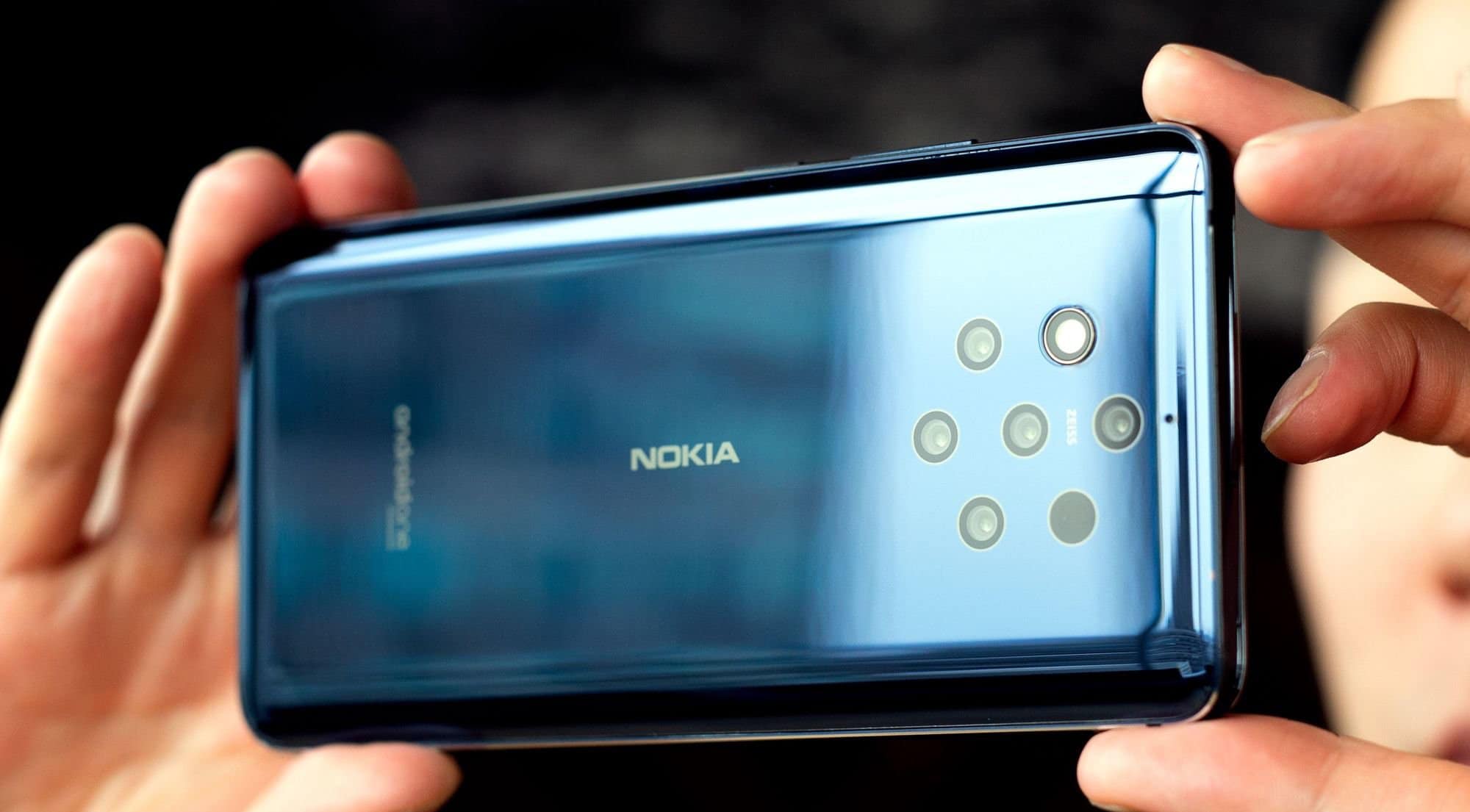
What Makes Every Single Nokia 9 Unique? – The process
With this process, every single Nokia 9 model which you purchase gets small variations. As you know, it is impossible to reproduce the exact version of a product, not to mention a high-quality one like the Nokia 9 PureView camera. He added “Even like a small, very unnoticeable tilt; there will always be some degree of this. We tested that, we documented the values of each sensor, and we give it back to the software which then calibrates itself based on that data.” He also says that the decision to go with five identical sensors was taken as asymmetric cameras could further increase the complexity of the solution.
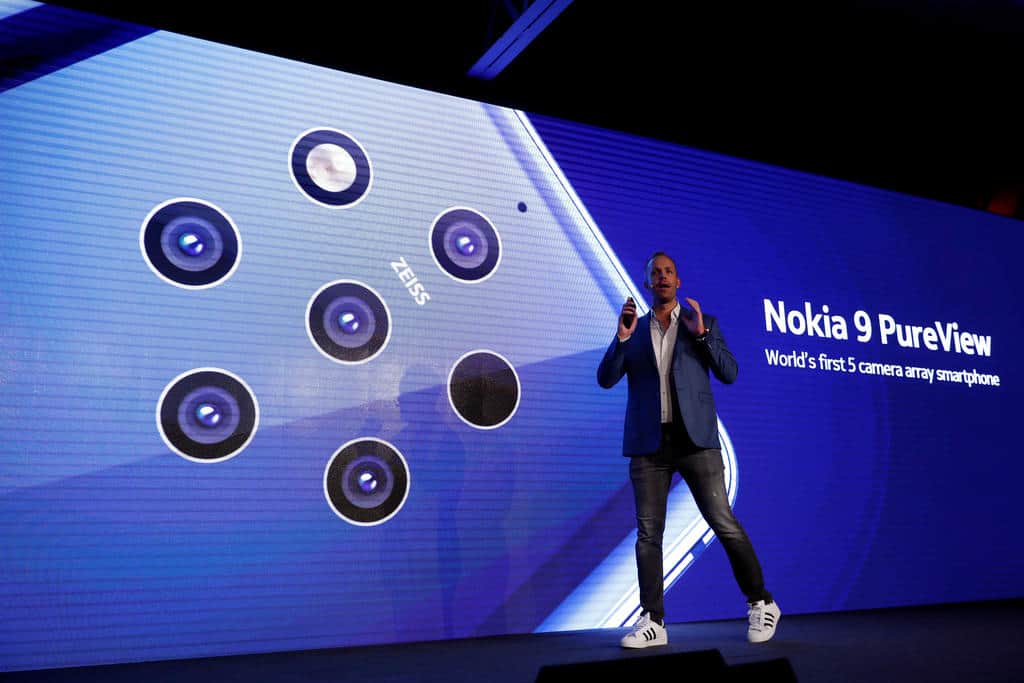
What Makes Every Single Nokia 9 Unique? – Light Partnership
During the development of the Nokia 9 PureView, HMD Global has joined hands with Light, the company that was behind the L16 camera with a total of 16 13-megapixel sensors (all work on a similar principle). So what did Light do? Sarvikas (HMD Global CPO) explained. “Their IP is in how to instruct the [multiple] sensors to work [at the same time]. It depends on the scene on what to do, and then secondly how to perform the image fusion.” Furthermore, they also developed their custom ASIC chip to archive this result. The hardware comes from Light, but HMD Global have licensed their software solution. As a result, they had to completely readapt and modify the L16 to fit the Nokia 9 PureView system. “Light is in charge of orchestrates the data and feeds it to Qualcomm in a way that they would be able to understand. And that goes to the ISP. But then the processing is done by Qualcomm. Again with the Light algorithms for the fusion, ISP kind of controls or orchestrates the capture.”
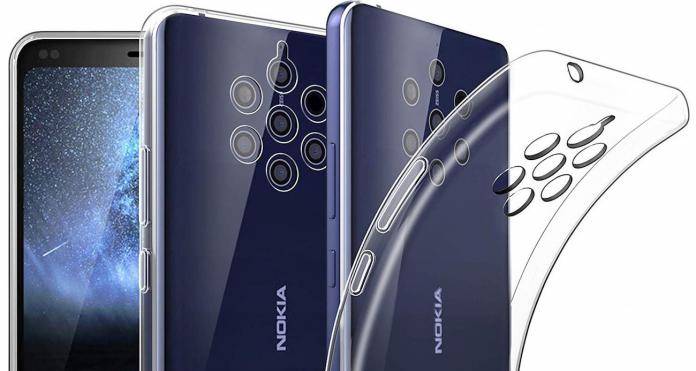
Capturing up to 240 megapixels of data
The question about Nokia 9’s ability to capture 240-megapixels of data in specific scenarios was also raised. Sarvikas confirmed it in his own words. “Correct. It’s always at least one [frame] of each [camera]. Then depending on the scene, the light conditions and all of that, one thing we’ll also do is that even in good lighting conditions. We usually take multiple images, but then we might disregard, if there are objects in motion, to avoid motion blur, we can fuse only five [one from each sensor].” Sarvikas shared. “But if that’s not the case here; it might become like ten pictures that are on top of one another. Furthermore, the exposure values are different, which is how you get the dynamic range.”
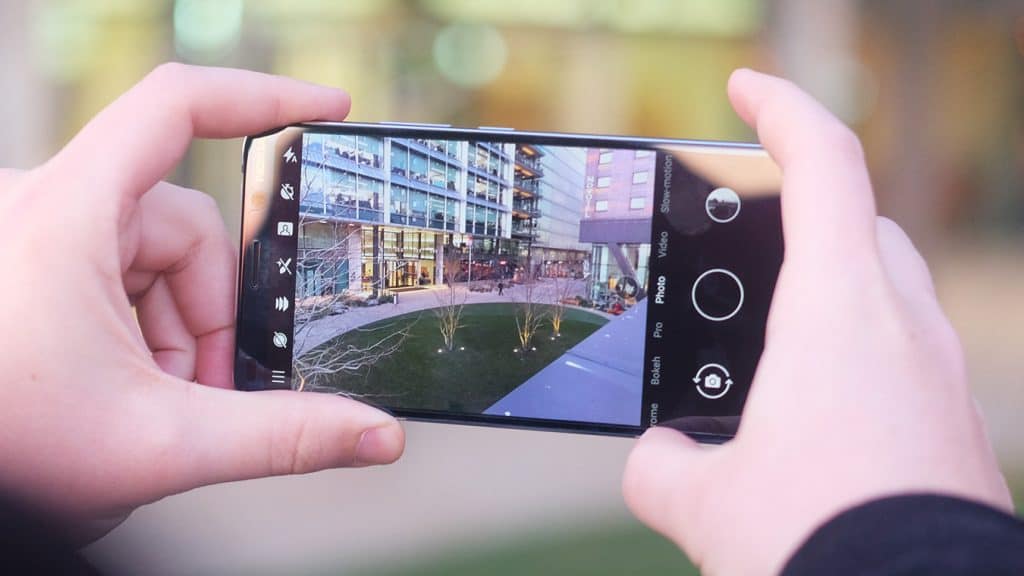
The way of the future?
Ajey Mehta, Vice President and Country Head of India – HMD Global also share his statement. He says that the Nokia 9 PureView now signals the start of a new chapter in innovation for HMD. Hopefully, we can see these improvements make their way to the budget devices segment as well.
